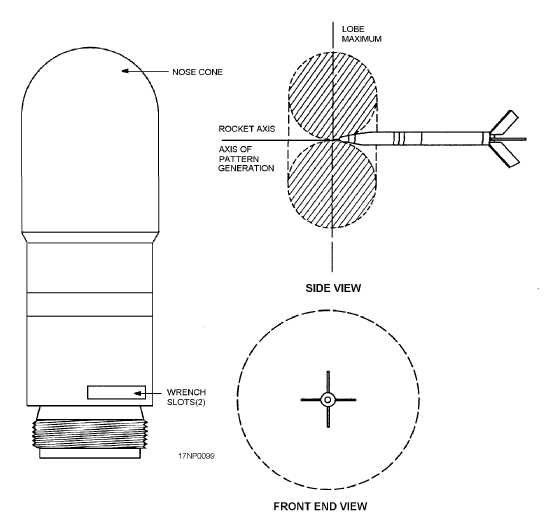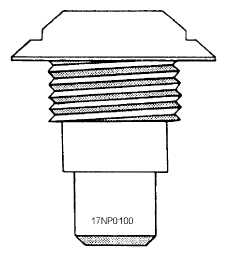PROXIMITY FUZES.—Proximity fuzes, some-
times referred to as VT fuzes (fig. 2-14), initiate by
"sensing," usually by electronic means, the presence
and distance of a target. Proximity fuzes are primarily
used in air-to-ground operations where air bursts above
the target are desired. They are not suitable for use
against targets that require penetration and detonation
within the target for effective destruction.
In general, proximity fuzes consist of an elec-
tronics package in the forward end, a thermal battery, a
safety/arming device, and an explosive booster in the
base. The arming mechanism is similar to those in
impact detonating fuzes, and it requires a minimum
acceleration over a given time to complete the arming
cycle.
NOTE: Some rocket fuzes designed for use with
2.75-inch warheads can be used with the 5.0-inch
warhead by using the BBU-15/B adapter booster
(fig. 2-15).
REVIEW NUMBER 3
Q1.
When classified by their mode of operation,
fuzes are classified as ____________.
2-12
Figure 2-14.—Proximity fuze.
Figure 2-15.—Adapter booster BBU-15/B.




